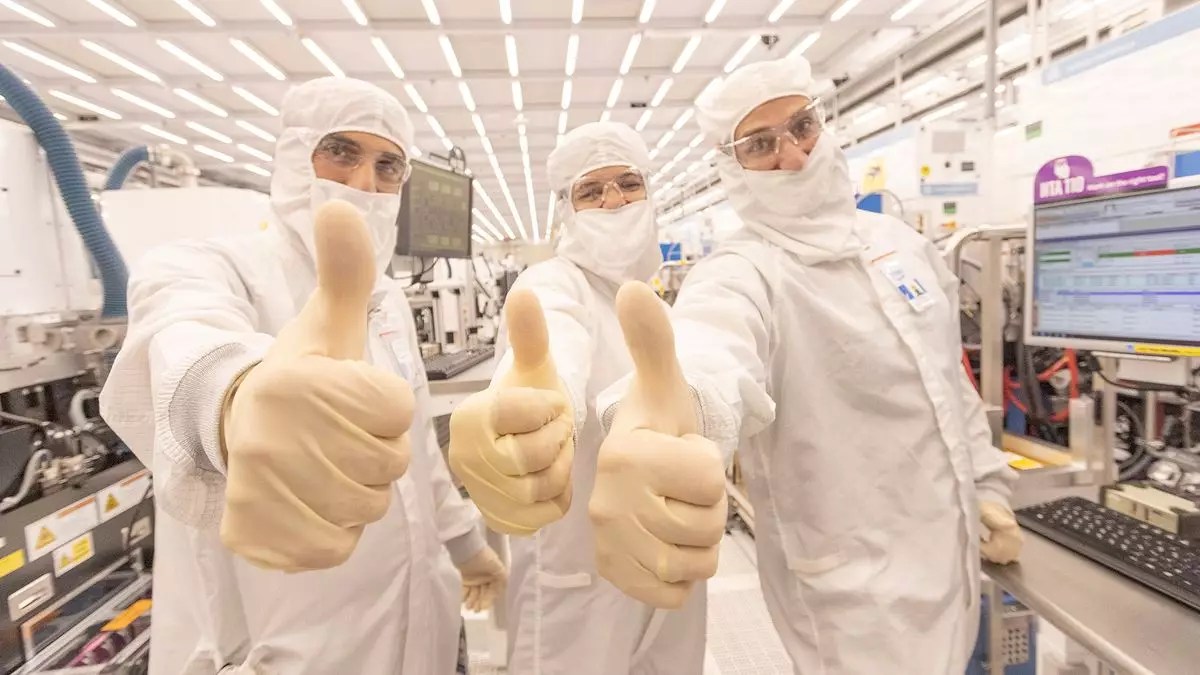Intel, one of the leading chip manufacturers, has been facing financial challenges that have resulted in a significant drop in its stock value, almost 60% so far this year. This decline is not limited to the PC gaming market, which is only a small portion of Intel’s business. The company has been working on a new strategy to transition to a for-hire fabrication model similar to TSMC’s in an attempt to revitalize its operations.
Recently, Intel made headlines by selling its entire 1.18 million stake in Arm Holdings for approximately $150 million. This move raised eyebrows as it came shortly after Intel announced a partnership with Arm to ensure compatibility with its future chip production. While some may see this as a conflicting decision, it is essential to note that the sale of shares does not indicate Arm’s instability but rather a strategic decision by Intel.
In the semiconductor industry, $150 million may seem significant, but in reality, it is a drop in the bucket compared to Intel’s overall spending. Earlier this year, Intel committed to investing over $185 billion in fab, packaging, and test sites, with a substantial portion dedicated to a new fab in Arizona. The $150 million generated from the sale of Arm Holdings shares only represents a fraction of Intel’s total expenditure, indicating that it is not a significant financial loss for the company.
While some may view the sale of shares as a cause for concern, particularly due to the partnership between Intel and Arm, it is crucial to consider the larger strategy at play. Intel’s decision to focus on a for-hire fabrication model suggests a shift in its approach to chip manufacturing. As the industry evolves, companies are exploring new partnerships and collaborations to stay competitive, even if it means producing chips for potential competitors.
The semiconductor market is highly competitive, with companies constantly adapting to new technologies and market demands. Intel’s decision to sell its stake in Arm Holdings may be a strategic move to streamline its operations and focus on core areas of growth. While it may seem unusual for Intel to make chips for other companies while relying on external manufacturers for its own products, it reflects the changing dynamics of the industry.
Intel’s decision to sell its stake in Arm Holdings for $150 million is a calculated move aimed at aligning with its long-term strategic goals. As the semiconductor market continues to evolve, companies like Intel must adapt to new challenges and opportunities to remain competitive. While the sale may raise questions about Intel’s future direction, it is essential to consider the broader context of the industry and the company’s overall strategy. Only time will tell the ultimate impact of this decision on Intel’s market position and profitability.


Leave a Reply